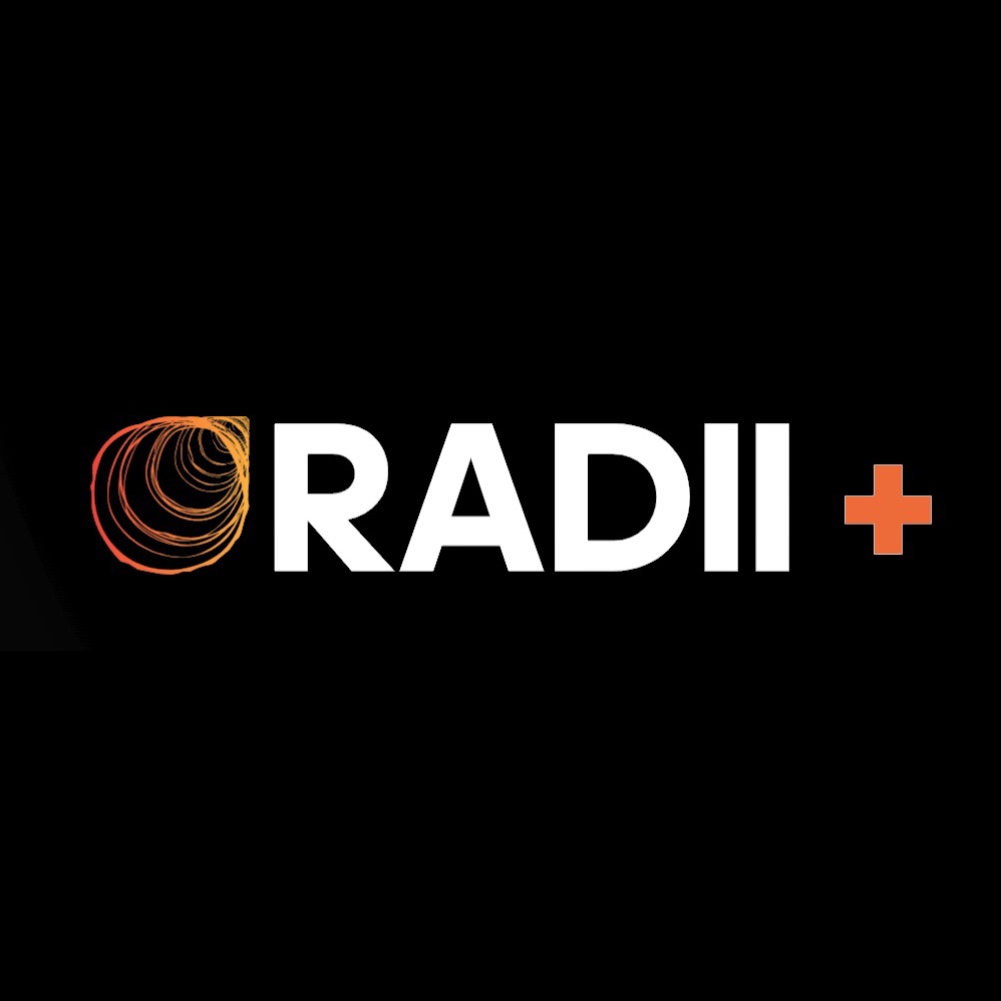The Cannes Lions festival last month made it quite evident that content producers are branching out from social media. They are starting to play a significant role in the whole digital media sector.
Brand deals are losing ground as creators diversify their sources of income. This year, creative participation in brand deals is expected to decline from 94% to 78%, according to a recent analysis from influencer marketing platform Later. This decline isn’t due to creators losing interest in the approach, but rather to them focusing most of their energy on other initiatives.
Retail media, audio, connected TV (CTV), and the broader programmatic ecosystem may all be impacted by this change. More individualized, performance-driven advertising across all channels are made possible by the built-in audiences, flexible content, and rich engagement signals that artists bring to these spaces as they grow.
READ MORE: Beyond Social Media, Digital Producers Are Expanding. What Does It Signify For Audio And CTV

According to Cristina Lawrence, EVP of consumer and content experience at Razorfish, “there is clearly a clear evolution in how creators and influencers are showing up.” “If you thought social media was awful, now add more platforms to feed the content machine, which is a ravenous beast. It’s all about attention and eyes, that’s the truth.
Let’s establish the scene: Over 1.5 million Americans are full-time digital artists, a number that has increased 7.5 times since 2020, according to the IAB. Jobs involving the internet are expanding twelve times faster than the labor market as a whole.
Some have ventured into the world of premium streaming content on subscription video platforms; Tubi has signed agreements with six YouTubers to license their shows, and MrBeast debuted a reality show on Prime Video. Netflix is looking for additional collaborations with digital producers after experimenting with licensing YouTube-born properties like Cocomelon and Ms. Rachel.
READ MORE: Texas Is Preparing To Prohibit The Use Of Social Media By Individuals Under The Age Of 18

At an earlier earnings call this year, Netflix co-CEO Ted Sarandos stated, “We think we have the best monetization model on the planet for premium storytelling.” “We could assist such artists in getting their work seen. In contrast to other [user-generated content] models, ours may also derisk them and support more ambitious efforts for them.
Although not many creators can achieve MrBeast’s level of success, there are still methods to make a name for yourself in the video industry. Advertisers may easily reuse social video content for CTV advertisements, according to experts.
Reid Litman, a global consulting director at Ogilvy, asserts that modern advertisements can imitate the tone and aesthetics of short-form content.
Podcasts provide a sense of community and genuineness.
In addition to predicting that “U.S. podcast listeners will spend 1 minute more per day on podcasts than U.S. TikTok users will spend on TikTok,” eMarketer predicts that creator revenue from podcasts will increase by 23% this year.
Creators are only following their viewers, according to experts, who are increasingly releasing their own podcasts and serialized audio content: Among Gen Z, podcasts are the audio content kind with the quickest rate of growth.
According to Lawrence of Razorfish, “podcasts are a huge area of interest and opportunity because they represent a place where a lot of the culture of today is discussed.” It’s where a lot of influential people and cultural tastemakers get together. Many of our clients want to link their brands and products to this kind of really relevant information, therefore they are asking how they may participate.
As customers grow increasingly aware of genuine collaborations, brands are changing how they engage with influencers, according to Anna Stallings, director of growth marketing at Billie, who recently spoke to The Current.

Accordingly, podcasts may provide the “real authentic connection” that both artists and consumers are increasingly seeking, according to Frank Carvalho, EVP of brand partnerships and marketing at Izea, who speaks to The Current.
Having an impact on the programmatic environment
The creative economy will continue to rely on brand collaborations. However, according to the Later research, 73% of brands now favor collaborating with less expensive micro producers.
READ MORE: Don’t Misinterpret Social Media
According to Lawrence, “niche creators are so valuable if you are a brand that wants to reach specific audiences with specific messaging that intersects with specific passion points that relate back to your brand purpose.” “They allow you to reach a very interested audience that relates to what you stand for.”

The programmatic advertising paradigm is mirrored in that level of accuracy. According to Litman of Ogilvy, creator performance data may have a greater impact on programmatic media purchases.
Top-performing creator content is being transformed into full-fledged programmatic media assets more frequently, he claims, and these assets are utilized by display, connected TV, native, and retail media networks.
According to him, even a retail media unit may incorporate creator material into product pages and enhance the listings by using a creator affinity score.
In any case, it appears that the creator economy is being taken seriously in almost every aspect of digital media.
According to Carvalho, “Creators used to be a marketing add-on.” “They are now a cornerstone of marketing.”
Step into the ultimate entertainment experience with Radii+ ! Movies, TV series, exclusive interviews, live events, music, and more—stream anytime, anywhere. Download now on various devices including iPhone, Android, smart TVs, Apple TV, Fire Stick, and more!


